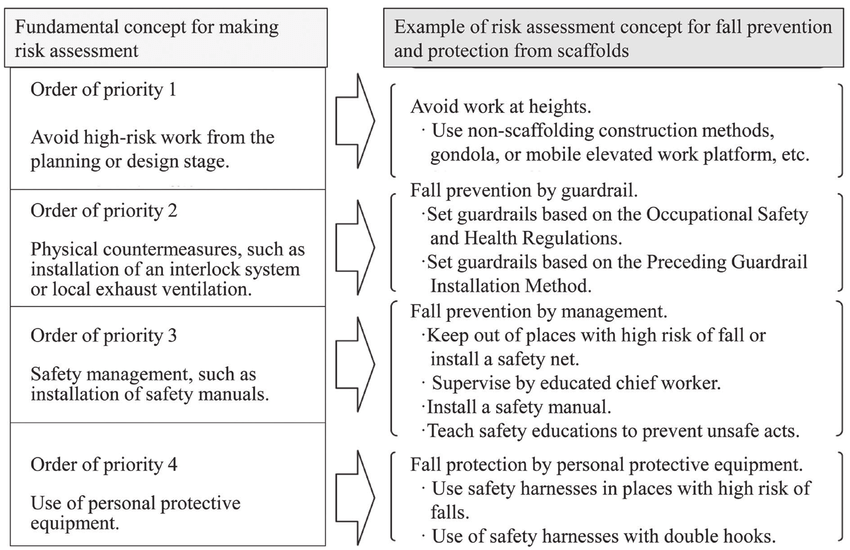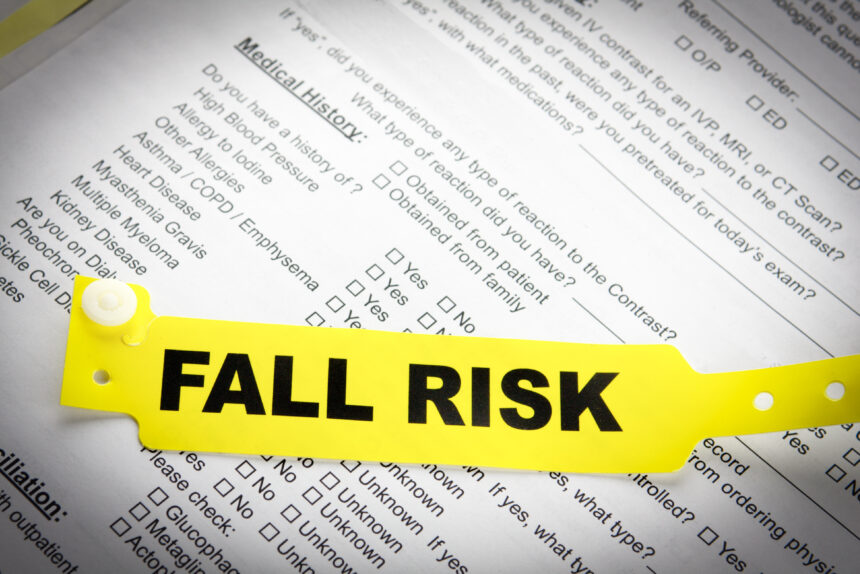Not known Facts About Dementia Fall Risk
Table of Contents7 Easy Facts About Dementia Fall Risk ExplainedRumored Buzz on Dementia Fall RiskUnknown Facts About Dementia Fall RiskSome Known Questions About Dementia Fall Risk.
A fall threat analysis checks to see just how likely it is that you will fall. It is mainly provided for older grownups. The analysis usually includes: This consists of a collection of inquiries concerning your overall wellness and if you have actually had previous falls or troubles with balance, standing, and/or walking. These devices check your toughness, equilibrium, and gait (the means you walk).Interventions are suggestions that might minimize your risk of dropping. STEADI consists of 3 actions: you for your danger of dropping for your danger aspects that can be improved to try to protect against drops (for instance, equilibrium issues, damaged vision) to lower your risk of falling by utilizing efficient approaches (for example, offering education and sources), you may be asked numerous inquiries including: Have you fallen in the previous year? Are you worried regarding falling?
You'll rest down once more. Your provider will certainly check how much time it takes you to do this. If it takes you 12 seconds or more, it may imply you go to greater risk for a loss. This test checks toughness and balance. You'll sit in a chair with your arms went across over your breast.
The positions will get tougher as you go. Stand with your feet side-by-side. Move one foot midway onward, so the instep is touching the big toe of your various other foot. Move one foot totally in front of the various other, so the toes are touching the heel of your other foot.
The Best Guide To Dementia Fall Risk
Many drops happen as an outcome of several contributing variables; consequently, managing the threat of dropping begins with determining the aspects that contribute to drop threat - Dementia Fall Risk. Several of one of the most relevant threat factors consist of: Background of previous fallsChronic medical conditionsAcute illnessImpaired gait and balance, lower extremity weaknessCognitive impairmentChanges in visionCertain risky medicines and polypharmacyEnvironmental aspects can likewise increase the risk for drops, consisting of: Inadequate lightingUneven or damaged flooringWet or unsafe floorsMissing or harmed handrails and order barsDamaged or incorrectly fitted equipment, such as beds, wheelchairs, or walkersImproper usage of assistive devicesInadequate supervision of the individuals staying in the NF, including those who display hostile behaviorsA effective autumn threat management program requires an extensive clinical analysis, with input from all participants of the interdisciplinary group

The treatment strategy must also consist of treatments that are system-based, such as those that advertise a secure environment (ideal lights, handrails, grab bars, etc). The efficiency of the interventions must be examined periodically, and the treatment strategy changed as required to mirror adjustments in the loss danger analysis. Implementing an autumn risk management system utilizing evidence-based finest technique can decrease the frequency of drops in the NF, while limiting the capacity for fall-related injuries.
Getting The Dementia Fall Risk To Work
The AGS/BGS guideline advises evaluating all grownups matured 65 years and older for fall risk annually. This screening is composed of asking people whether they have actually fallen 2 or more times in the previous year or looked for medical attention for a loss, or, if they have actually not fallen, whether they really feel unstable when walking.
Individuals that have fallen when without injury should have their equilibrium and gait reviewed; those with stride or equilibrium irregularities ought to obtain added evaluation. A history of 1 loss without injury and without gait or equilibrium problems does not necessitate further evaluation beyond ongoing annual fall risk testing. Dementia Fall Risk. A fall danger analysis is needed as component of the browse this site Welcome to Medicare evaluation

Our Dementia Fall Risk Statements
Documenting a falls background is among the quality indications for loss prevention and management. An essential part of risk assessment is a medicine testimonial. Numerous courses of drugs boost loss danger (Table 2). Psychoactive drugs specifically are independent predictors of drops. These medicines tend to be sedating, alter the sensorium, and impair balance and stride.
Postural hypotension can frequently be reduced by decreasing the dose of blood pressurelowering drugs and/or stopping drugs that have orthostatic hypotension as an adverse effects. Use of above-the-knee assistance tube and copulating the head of the bed raised might additionally reduce postural decreases in blood pressure. The suggested aspects of a fall-focused physical examination are displayed in Box 1.

A TUG time better than or equal to 12 secs recommends high loss danger. Being incapable to stand up from a chair of knee height without utilizing one's arms shows boosted fall risk.